The ’80s were a time of transformation when gadgets truly began to change the way we lived, worked, and played. From the first portable music players to the computers that would shape our future, these revolutionary devices didn’t just introduce new technology—they changed our lives forever. Looking back at them today, it’s hard to imagine a time before these groundbreaking inventions. Let’s take a walk down memory lane and revisit the iconic gadgets from the ’80s that changed everything.
1. Walkman (Sony)
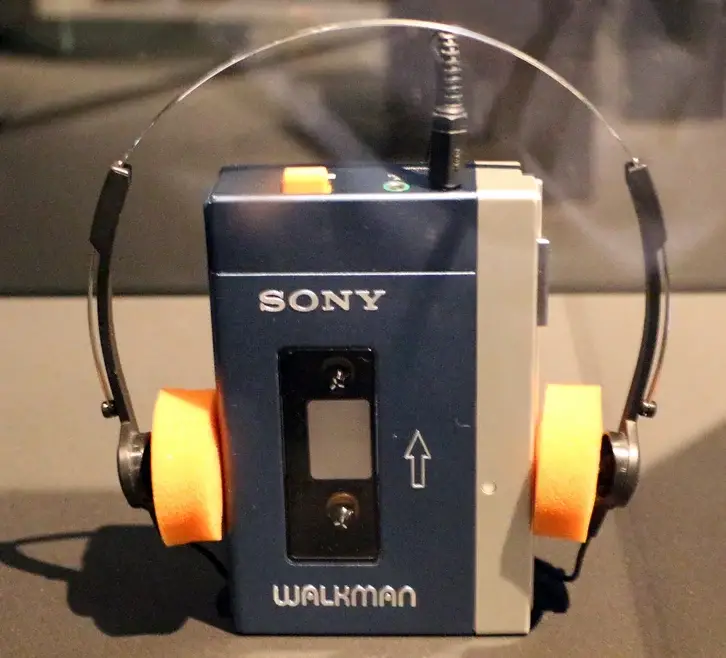
Before the Walkman, music was something you listened to at home or in the car—big stereos, records, and tapes. But the Walkman? That was freedom in your pocket. Sony’s portable cassette player gave us the ability to take our music anywhere and everywhere. It was revolutionary at the time—everyone from teens to adults could now listen to their favorite jams while walking, exercising, or just daydreaming. Today, portable music is an afterthought with smartphones, but back then? The Walkman was a cultural icon, sparking a wave of personal music revolution.
2. Atari 2600
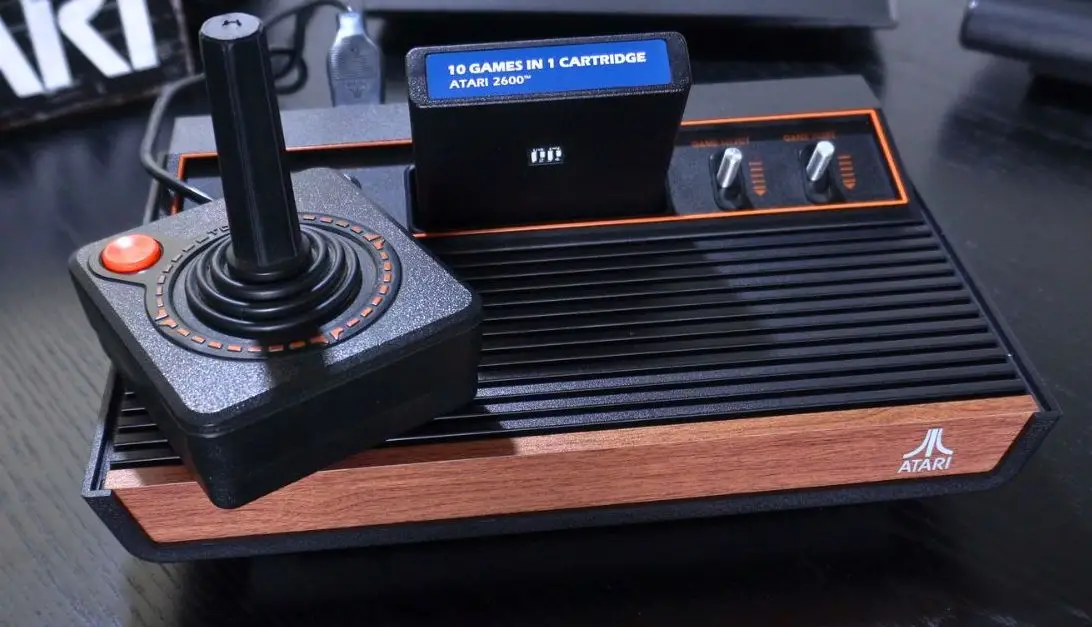
The Atari 2600 wasn’t just a game console—it was the gateway to a new era of entertainment. With Space Invaders, Asteroids, and Pong, it brought the arcade right into our living rooms. Before it, video games were largely relegated to arcades and arcades only, but the Atari 2600 gave birth to the home gaming revolution. The flashing pixels, joystick controller, and blocky graphics weren’t anything like today’s consoles, but they were mind-blowing at the time. Today’s gaming systems are far more advanced, but the Atari’s role in shaping the industry is undeniable.
3. VHS Player
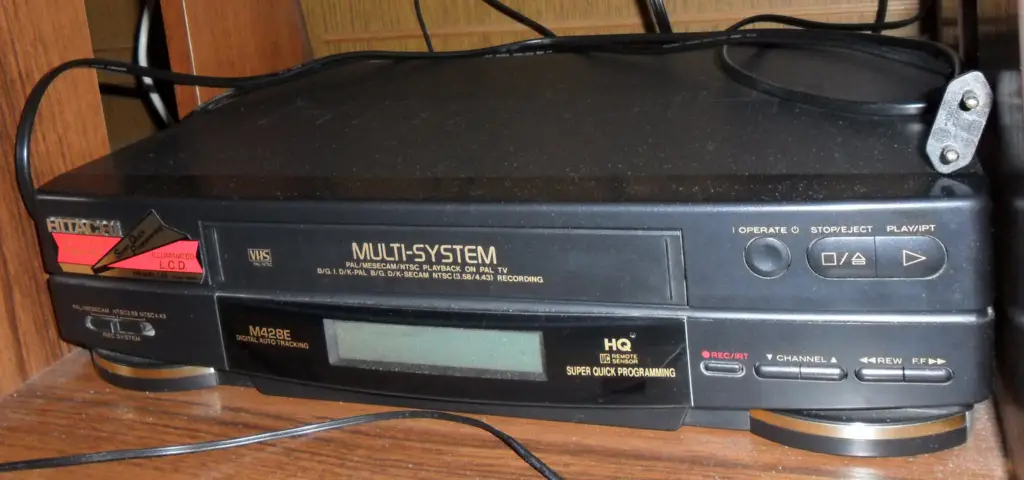
The VHS player changed everything about how we consumed movies and television. Before VHS, you were stuck with whatever was airing on TV or whatever movie was playing at your local cinema. With a VHS player, you could rent movies from your local video store and watch them in the comfort of your own home. That was huge. Movies like E.T. and Star Wars were no longer out of reach once VHS players became common in homes, and who could forget those epic sleepovers where you’d pick out a stack of rentals? The convenience was revolutionary—and a precursor to the on-demand world we have today.
4. Polaroid Instant Camera
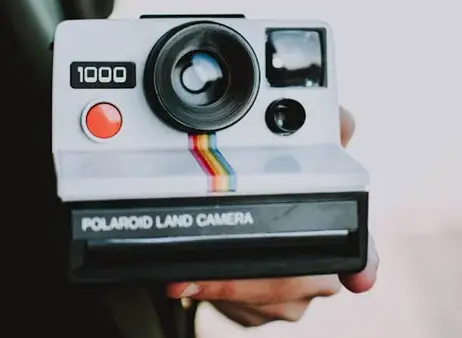
There’s something magical about holding a photo in your hands almost instantly after it’s taken. Polaroid’s instant camera gave us that magic. For the first time, we didn’t have to wait to develop photos—snap, shake, and there it was! Whether it was a birthday, a family gathering, or a spontaneous moment, the instant photo became the symbol of those memories. Today, digital cameras and smartphones let us take thousands of pictures in an instant, but that physical, tangible photo from a Polaroid was a unique joy.
5. Casio F91W Watch

This was the watch to have in the ’80s. Simple, durable, and inexpensive, the Casio F91W became synonymous with practicality. More than just a timepiece, it offered features like an alarm, a stopwatch, and a backlight—luxuries at the time. Its sleek design made it popular with everyone from teenagers to adults, and it became the face of the ‘80s minimalist style. Now, with smartwatches doing everything from tracking fitness to checking email, it’s crazy to think how much impact this simple gadget had.
6. Personal Computer (IBM PC)
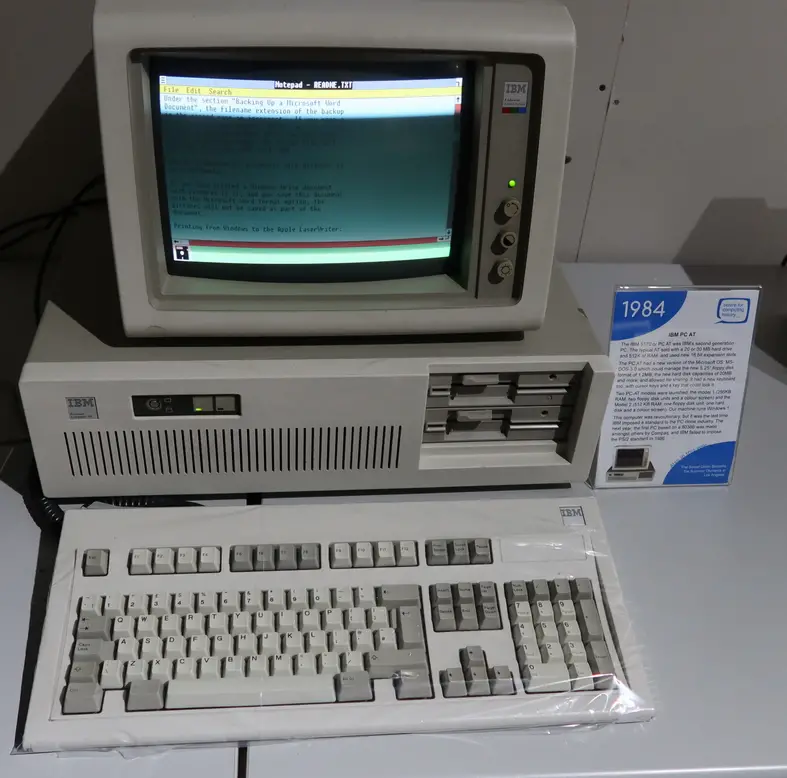
Before the 1980s, computers were mainly for large corporations or specialized professionals. But then came the IBM PC, and suddenly, personal computers weren’t just a dream—they were a reality. With its 16-bit processor and floppy disk drive, the IBM PC opened up a world of possibilities for work, gaming, and creativity that we had never seen before. Of course, today’s laptops and desktops are far more powerful, but the IBM PC was the spark that set off the computing revolution we still benefit from today.
7. Nintendo Entertainment System (NES)
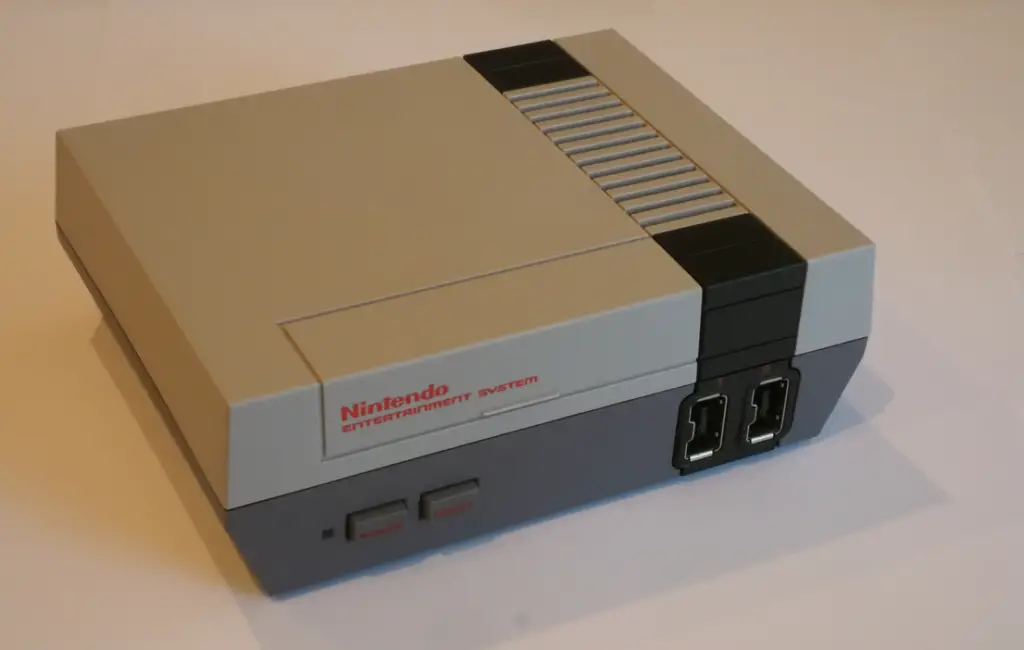
If the Atari 2600 brought arcade games home, the NES revolutionized the concept entirely. With iconic games like Super Mario Bros., The Legend of Zelda, and Metroid, the NES transformed video gaming from a casual hobby into a cultural phenomenon. It was no longer about just playing games—it was about immersing yourself in different worlds, becoming a hero, and spending hours lost in pixelated adventures. While gaming has evolved in leaps and bounds, the NES set the foundation for the future of gaming.
8. Cellular Phone (Motorola DynaTAC)
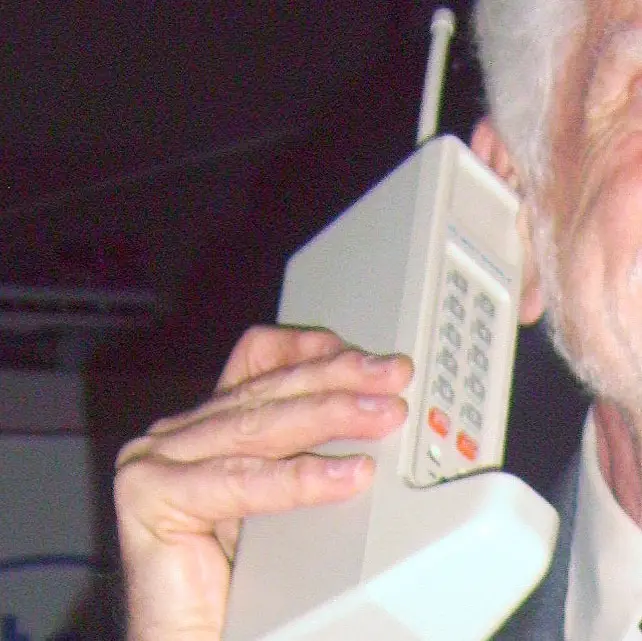
The first cell phone, the Motorola DynaTAC, wasn’t just a phone—it was a symbol of the future. At nearly a foot long and weighing in at 2.5 pounds, it was a beast of a gadget, but the idea of being able to make a call from anywhere was revolutionary. Sure, the call quality wasn’t great, and battery life was an issue, but it felt like something straight out of a sci-fi movie. Fast forward to today, and we carry miniature computers in our pockets—but that first glimpse of mobile freedom still makes us smile.
9. Walkman Discman (Sony)
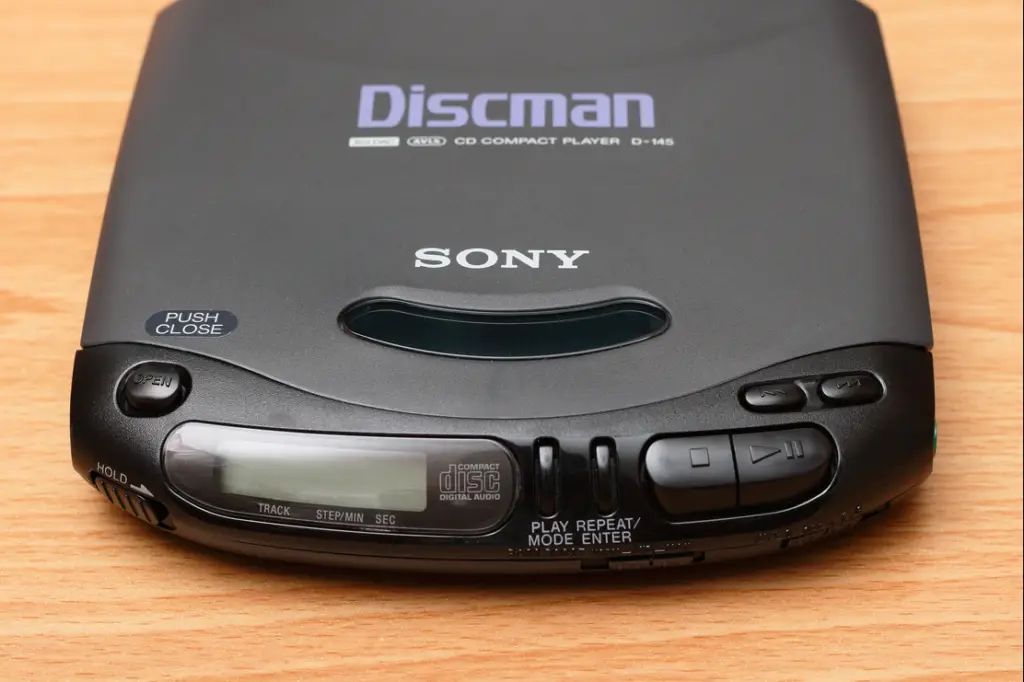
After the Walkman, Sony introduced the Discman—a portable CD player that made music even more high-tech. The Discman gave music lovers the ability to carry around an entire album in a small, sleek gadget, replacing the cassette tape with a cleaner, crisper digital sound. Although today’s smartphones have rendered the Discman obsolete, at the time, it felt like a futuristic upgrade.
10. Talkboy (Toys R Us)

You may remember the Talkboy from Home Alone 2, but it wasn’t just a movie prop—it was an actual gadget you could buy! This voice recorder allowed kids to record, distort, and replay their voices in hilarious ways. It was like having your own portable sound studio. Though the Talkboy didn’t last long, it captured the imagination of kids everywhere, proving that even the simplest gadgets could be revolutionary.
11. Camcorder (Sony Handycam)
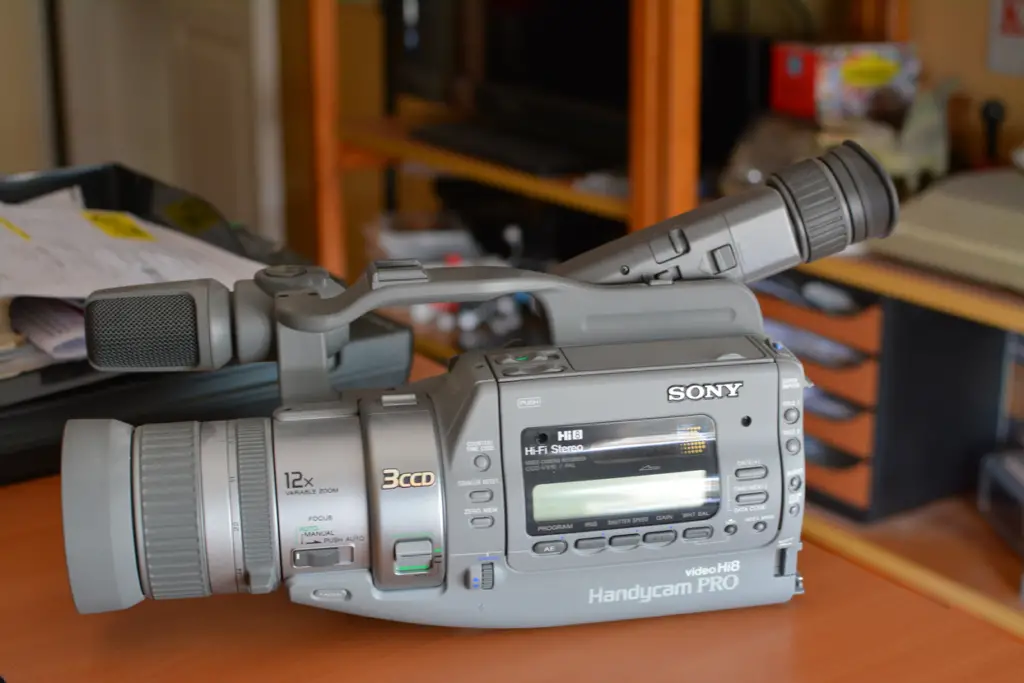
Before camcorders, if you wanted to capture a family vacation or a birthday party, you had to rely on still photos. But the Sony Handycam changed all that by giving families the ability to record and playback video with ease. The technology was groundbreaking, and suddenly, home movies were born. Now, everyone could create their own videos, and it wasn’t long before the video camera became a staple in family life. Of course, now smartphones and digital cameras do all that and more, but there’s still something nostalgic about those chunky, cassette-based devices.
12. Laserdisc Player
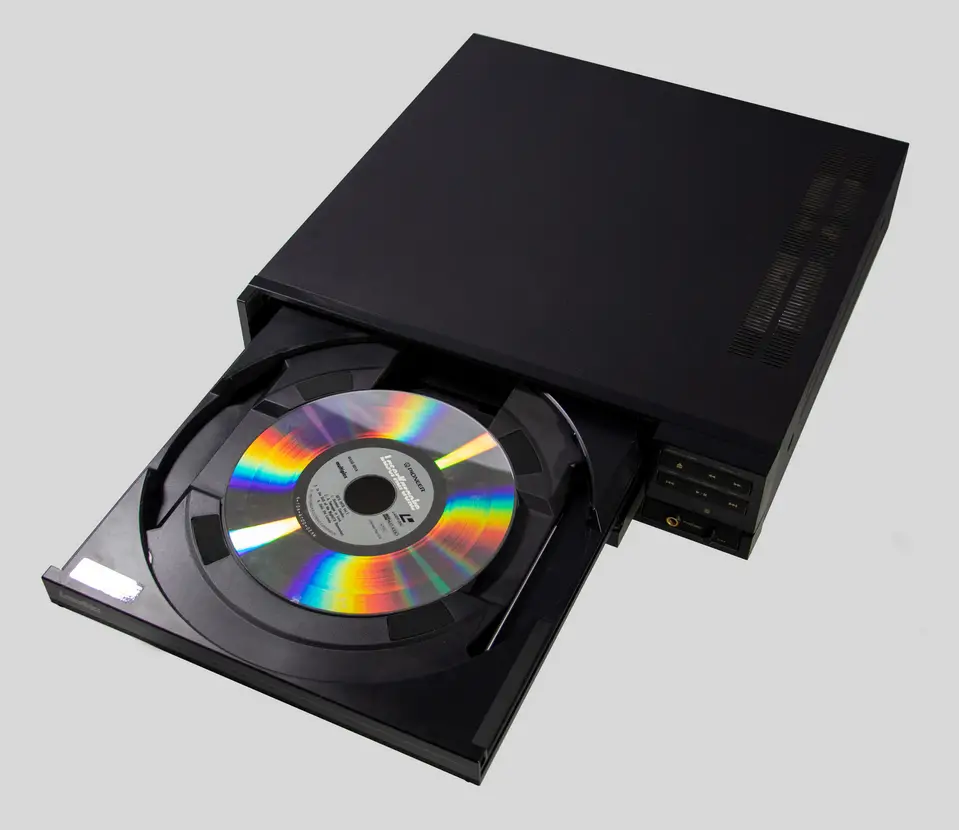
Laserdisc was the precursor to DVDs and Blu-rays, offering high-quality video and sound that was unmatched by VHS. The catch? Laserdiscs were massive, and the players themselves were just as bulky. Despite its size and relatively high cost, Laserdisc offered something that was unprecedented at the time—true home theater experience. Though it didn’t quite catch on, it paved the way for the home entertainment systems we enjoy today.
13. Betamax Player
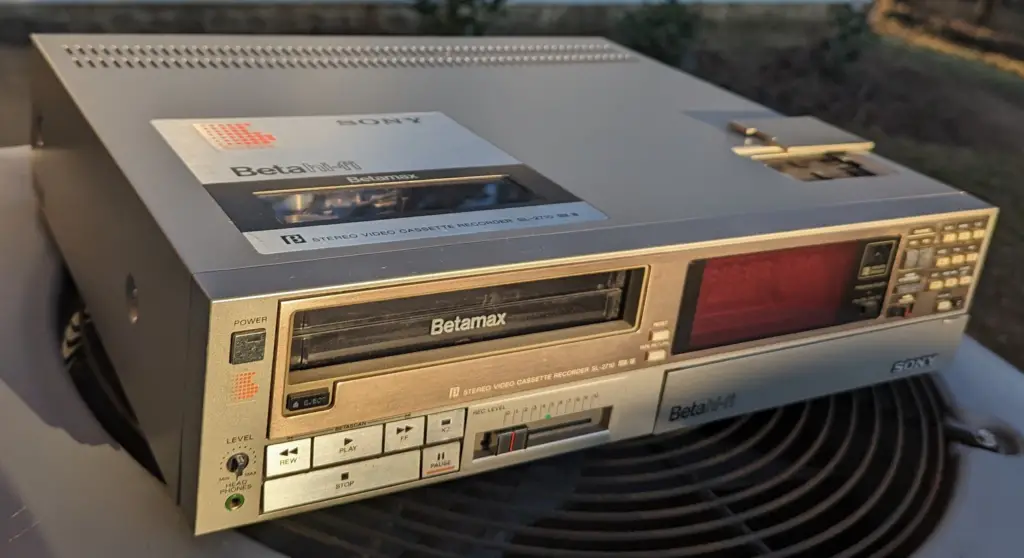
In the battle of home video formats, Betamax was the underdog. Sony’s Betamax was the first home video format to bring movies into people’s living rooms, but it couldn’t compete with VHS in terms of recording length and affordability. Despite this, Betamax set the foundation for video home systems and had a loyal following that swore by its superior picture quality. It was a moment in tech history when we all learned that sometimes, the better technology doesn’t win.
The gadgets of the ’80s didn’t just change technology—they changed our lives, setting the stage for the digital world we now live in. While the tech we use today is faster, sleeker, and more powerful, these ’80s icons will always have a special place in our hearts for being the first to offer us something completely new. Looking back, it’s hard not to feel a little nostalgic for the days when technology felt like a true marvel—and we could only imagine what would come next.


